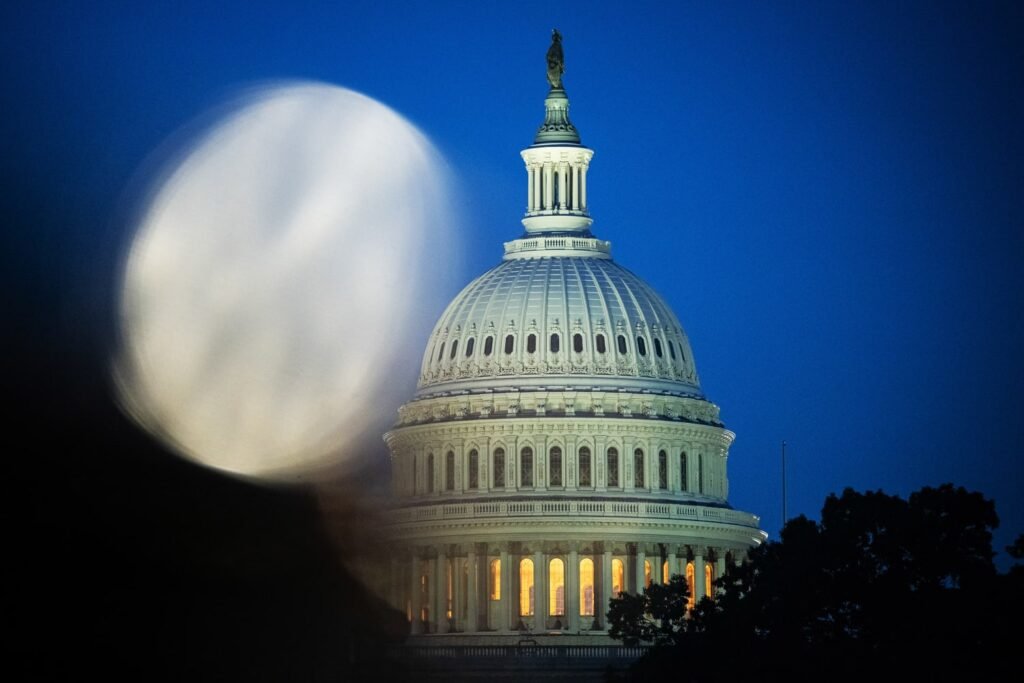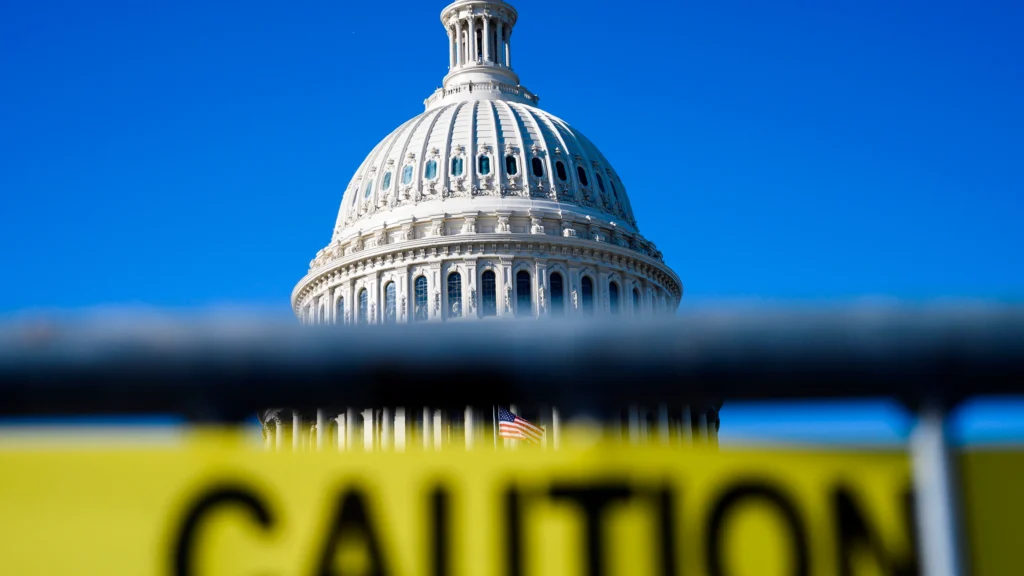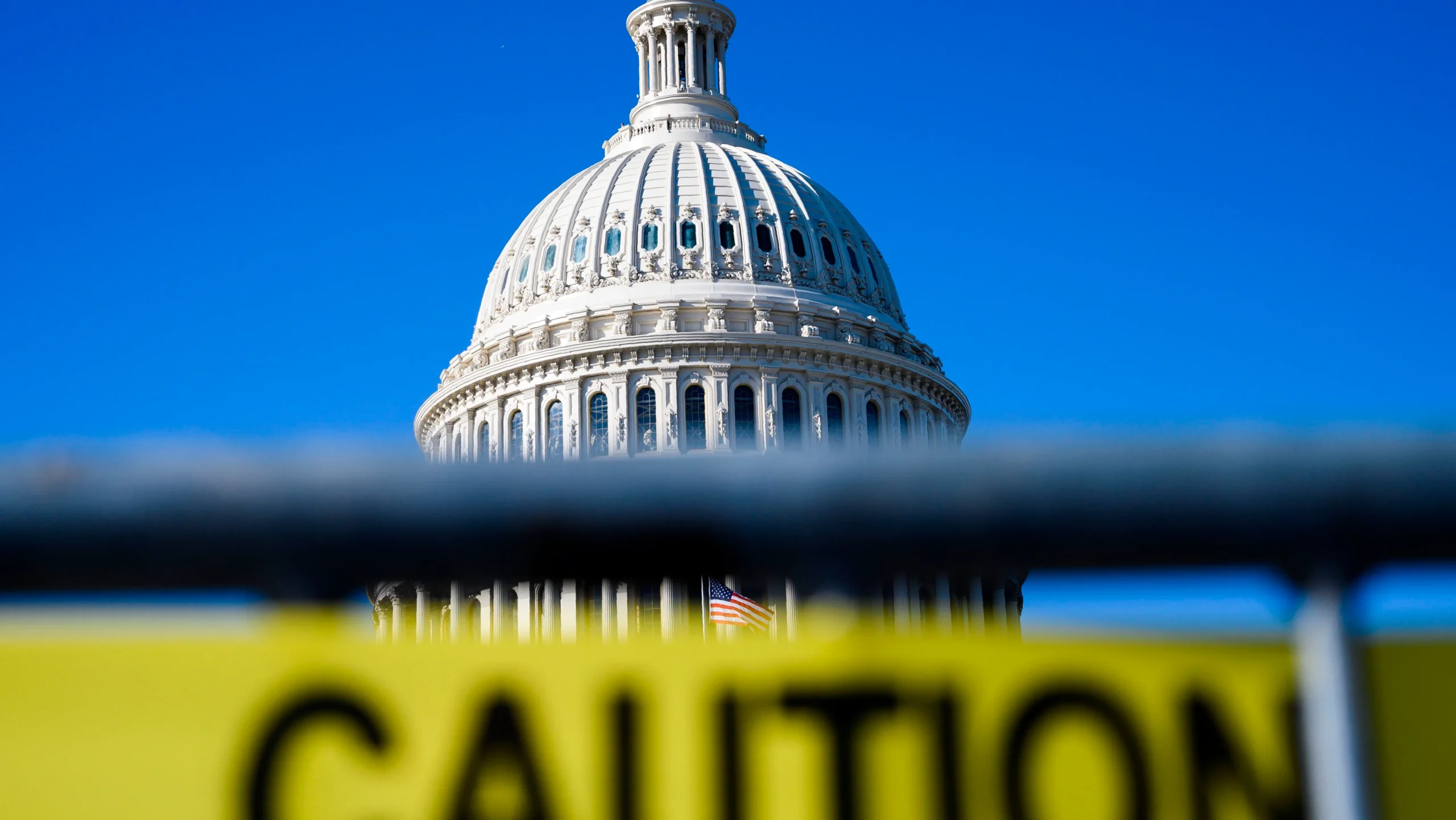The federal government of the United States shut down overnight early Wednesday, October 1, 2025, after Congress failed to pass a stopgap funding bill. Neither Democrats nor Republicans reached an agreement following the September 30 deadline, leading to the shutdown and furlough of hundreds of thousands of federal workers. Essential government services will continue, but many non-essential services are suspended. President Donald Trump and congressional leaders were unable to finalize a temporary funding measure, with Democrats insisting on an extension of health care subsidies and Republicans opposing increased spending. The shutdown marks the first since 2018-2019 and raises concerns about widespread layoffs and program reductions if the funding lapse continues.
What this shutdown could mean for the economy and your 401(k)
A U.S. government shutdown could have several effects on the economy and 401(k) investments, but the overall impact is generally expected to be limited and temporary if the shutdown is short-lived.
Economic Impact:
- Economic growth may slow by around 0.1 to 0.2 percentage points for each week the shutdown continues, resulting from furloughed federal workers and halted government services. Consumer confidence might also weaken due to uncertainty and disruptions in government operations.
- About 40% of federal employees could be furloughed, leading to postponed paychecks and a temporary spike in unemployment statistics.
- Services such as national parks, museums, health inspections, and veterans’ services may be disrupted.
- Travel delays and longer wait times for government services like passport processing are expected.
- The stock market typically experiences little long-term disruption from shutdowns. Historically, after shutdowns, the S&P 500 has tended to rise in the following one to three months as investors refocus on corporate earnings and broader economic trends.
Impact on 401(k) and Investments:
- The shutdown itself does not directly affect 401(k) balances or the stock market significantly in the short term.
- However, the uncertainty and lowered consumer confidence may contribute to some volatility in the markets.
- Industries reliant on government contracts, like defense and life sciences, could see more sensitivity in their stock prices.
- A prolonged shutdown could result in layoffs and economic slowdown, which might negatively affect investment returns and retirement savings over a longer period.
In summary, while the shutdown poses immediate hardships for federal workers and disrupts some services, its broader economic and 401(k) impacts tend to be modest and temporary unless the shutdown extends for a long duration.
What a shutdown usually means
A government shutdown usually means that the federal government stops all non-essential operations and services due to a failure by Congress to approve the necessary budget or funding. Essential services related to national security, public safety, air traffic control, and emergency medical care continue to operate, but many federal employees are furloughed and placed on unpaid leave, with some required to work without immediate pay. This leads to disruptions in government services like passport processing, national park access, immigration hearings, and regulatory approvals. The shutdown also causes financial strain for federal workers and contractors and can negatively impact the broader economy, lowering GDP growth for as long as it lasts. Longer shutdowns tend to cause more significant economic damage and uncertainty.
Mass layoffs?

The current government shutdown could lead to mass layoffs and furloughs of hundreds of thousands of federal workers. Around 750,000 federal employees are expected to be furloughed, meaning they will be put on unpaid leave temporarily, with the potential for some layoffs to become permanent if the shutdown is prolonged. The Office of Management and Budget has warned agencies to prepare for significant layoffs during the shutdown. Historically, since 1980, there have been 14 government shutdowns, with the longest lasting about five weeks. The current shutdown comes amid political deadlock in Congress over funding, and President Donald Trump has threatened measures that could reduce government benefits and lead to mass layoffs. The scale of layoffs and furloughs in this shutdown is one of the largest disruptions to the federal workforce in recent history, with about 300,000 federal civil service layoffs announced earlier in 2025 as part of administration cost-cutting initiatives. This situation may result in significant disruption to government services and financial challenges for affected workers
Are the layoffs tied to the government shutdown or separate actions
The mass layoffs being threatened in connection with the current government shutdown are tied to it but also reflect a separate and more aggressive approach by the Trump administration. Traditionally, government shutdowns result in furloughs where federal employees are placed on unpaid leave but typically get back pay once the shutdown ends, and layoffs are not common. However, a recent memo from the Office of Management and Budget (OMB) has instructed federal agencies to prepare for “Reduction in Force” (RIF), essentially mass layoffs, during the shutdown. This directive goes beyond typical furloughs, targeting employees working on programs without funding or those inconsistent with the President’s priorities. This approach means layoffs could be permanent and are part of broader staffing reductions planned by the administration, which has already cut the federal workforce by around 200,000, with expectations to reach 300,000 by year-end. So, while the layoffs are linked to the shutdown, they also reflect a distinct policy of workforce reduction during the funding lapse.
Which agencies are planning layoffs tied to the shutdown

Agencies planning layoffs tied to the current government shutdown include many with programs that did not receive mandatory appropriations or that do not align with President Trump’s priorities. According to a memo from the Office of Management and Budget (OMB), agencies are directed to prepare for large-scale layoffs through a reduction-in-force (RIF) process. Programs expected to bear the brunt include those funded by discretionary appropriations that halt during the shutdown.
Specific agencies affected or involved in planning layoffs include:
- Department of Homeland Security, where about 14,000 of 271,000 employees may be furloughed, but most law enforcement and border protection personnel continue working.
- Agencies with non-essential or discretionary funded programs across various departments that face budget cuts.
- Programs not aligned with administration priorities as identified by OMB.
Programs that will continue regardless of the shutdown and are not subject to layoffs include Social Security, Medicare, veterans benefits, military operations, law enforcement, Immigration and Customs Enforcement, Customs and Border Protection, and air traffic control.
Layoff notices issued at the outset of a shutdown may not take effect immediately due to required 60-day notice periods, and agencies can revise layoff plans once funding is restored.
Which services would stop versus continue during a shutdown
During a government shutdown, federal services are divided into those that continue and those that stop based on whether they are considered essential or funded through mandatory spending.
Services that continue during a shutdown include:
- Law enforcement, airport security screening, air traffic controllers, and military operations which are essential for national security and public safety.
- Social Security retirement and disability payments, Medicare, and Medicaid services continue without disruption as they are classified under mandatory spending.
- The Supplemental Nutrition Assistance Program (SNAP) and Women, Infants, and Children (WIC) nutrition programs usually continue as long as contingency funds are available.
- Veteran health care services and benefits processing mostly remain operational, with VA medical centers staying open.
- The U.S. Postal Service continues normal operations since it is independently funded.
- Disease tracking and outbreak monitoring by agencies like the CDC persist, though with limited public guidance and reduced staff.
- National parks remain partially open with access to outdoor areas, restrooms, and trash services, but staffed buildings and emergency services may be closed.
Services that stop or are disrupted during a shutdown include:
- Many federal employees are furloughed and placed on unpaid leave, including those working in non-essential discretionary programs that lose funding.
- Passport processing, marketing initiatives for government programs, and certain administrative government operations are paused.
- Some communication channels for government inquiries and services are limited or closed.
- Regional offices of the Department of Veterans Affairs may close, and some death benefits and cemetery maintenance halt.
- The Internal Revenue Service (IRS) maintains operations only for a limited time (about five days), after which many tax services could slow or stop.
- Various regulatory functions and government support activities not deemed essential may be suspended.
In summary, critical security, health, and mandatory financial benefit functions continue, while discretionary services reliant on annual appropriations cease or are curtailed during a shutdown.

